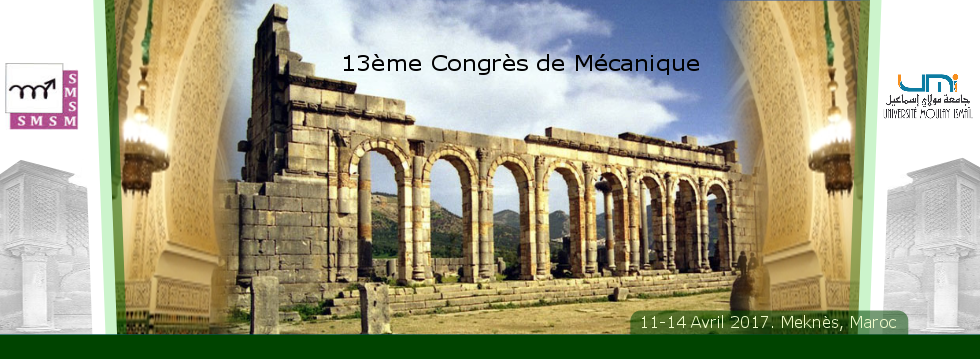In computational homogenization, the effective properties of random heterogeneous materials are obtained via the Deterministic Representative Volume Element, DRVE. By definition, the DRVE is the smallest volume of a heterogeneous media which is typical of the whole structure, which means its properties are independent of the effects of boundary conditions. Until now, it was considered that all heterogeneous materials with homogeneous inclusion distribution possessed a DRVE. The microstructure studied in this paper is a composite made up of randomly oriented short fibers(RSFC) and a computational homogenization is performed to investigate its effective properties. The area fraction is also varied to study its effect on the size of the DRVE. It appeared that at certain area fractions, the RSFC does not respect the convergence of the apparent properties calculated under different boundary conditions. This indicates that it does not adhere to the definition of the DRVE in the studied range of scale. The concerned area fraction is found to be around the percolation threshold. The present work consists primarily in investigating the causes of this problem by studying an extreme example of a percolating medium which is a composite made up of randomly oriented long fibers (RLFC). By identifying the contributing factors,
the calculability of the DRVE of a random composite can be predicted by simple verification of the microstructure morphology.

|
Effective properties of randomly oriented short and long fiber cases
1 : Laboratoire de Mécanique de Lille
(University of Lille)
SUKIMAN
University of Lille, France -
France
|


